🌹 This is a long-form piece — if you’re reading this on e-mail, click here for the full piece, ending with thoughtful words on hands. Perhaps one to save for your slow Saturday morning. 🌹
And when I think of people, people I really love, often it’s their hands that come to mind, maybe even before their faces, before their laugh, before that coat they always wear.
Hands — they feed, they warm, they care. They wipe away tears, they reach for a newborn’s red little toes, they hold the face of a new lover, they reach down for a hand to hold. Their power often greater than those of words. For many, they are the gateway to a passion, to a purpose — embroiderers, pianists, chefs, writers, gardeners, surgeons, sculpture artists, photographers, farmers. Threads woven between the internal and the external, it’s often as though our hands have hearts.
A sculpture sits in the corner of the room on the wooden side board lit by soft candle light each night. It’s a sculpture of a hand, the hand of the artist, Romane Adam. It’s as though it’s alive. Over a week of living with hand, it comes to act as a reminder of the power of hands as we go about our days — rushing out the door, sitting at the dining table talking over now-finished bowls of pumpkin risotto, dazedly wandering into the kitchen to make the morning’s first cup of coffee. Hand is there, in its stark stillness, reminding of the power, the intimacy, the romance, the meaning of hands.
The sculpture was Romane’s first in stone. I ask about it. Hands were always the subjects of her drawings when she first made the shift to focus on her art full time — her hands, they were just there, ready to be sketched. As she moved into sculpture work, following a curiosity and compulsion she didn’t fully understand until she was there creating a sculpture, with her hands, of her hand. There was a pride from the aches and pains she began to feel from working with her hands, and an acute awareness of how precious her hands are to living the life she’s wanted. Her fingers would have rings on them as she was sculpting; she liked the idea of someone noticing her hands, her rings.
Romane tells me of a book, Vingt-Quatre Heures De La Vie D'une Femme (Twenty-four hours in the Life of a Woman). About a scene in the book where hands are described as characters, with personalities and emotions. I love that.
Hands; intensely romantic, incredibly poetic.
Holding hands; hands an intimacy
One of the most intimate acts, having someone else’s hand in yours, reaching down for theirs and without a word, acknowledging a feeling of wanting to be connected.
As a child, holding hands is perhaps one of the most significant symbols of care — a parent, a grandmother, an older brother, reaching down for our hand as we cross the street. Or sometimes simply to be connected as you wander through a park, a language of care. And then of course there’s the moment when your child, your grandchild, your little sister no longer wants to hold your hand.
A new lover, a first date. Sitting at a table with someone you’ve just briefly met, with a drink each. You’ll talk, maybe the usual topics of nationality, family, films and books, and at some point, they’ll reach for your hand. It creates a spark without fail, sometimes a jolt — it feels intensely intimate, especially with someone you’ve only just met. You might pull away and they’ll insist reaching out for your hand again, you’ll explain that you feel self conscious of your hands and a puzzled look will appear on their face as they shake their head — you’ll know it’s worth staying for a second drink. You’ll be reminded of the intimacy of hands, of being touched with such intent; in someways more intimate more romantic than kissing.
Hands and romance
You’ll be sixteen when you meet, and you’ll be together until you’re twenty, it will be a most beautiful bond. Your first love, your first boyfriend beyond the frivolous —though in someway equally formative — crushes and boyfriends you have as a twelve year old, as a fourteen year old. And as a thirty year old, you could go back to the exact spot on that bridge leading into the park that he first reached down and held your hand, and you gave way to an uncontrollable smile. You’ll remember the place so clearly, you’ll remember the feeling so intensely. A first that could not be forgotten.
It will be nearly fifteen years later when you’ll find yourself in the beauty of a century old house in the south of France, home to a group of wonderful people for a month or so. On a rainy day, early afternoon, you’ll be sitting at a small round table tucked under the eaves. Glasses of a local white, a bowl of sea-salted chips and some cheese. You’re with a woman you’ve built a beautiful connection with, and you’ll tell her about this first love. About how at night, you’d fall asleep with your hands intertwined in each other’s, and how now, these many years later, you sometimes hold your own hand, mimicking that feeling of comfort, of safety, and perhaps also reminding yourself of the love you can have for yourself — that it’s as important as a love someone else may have for you. It will be the next day that we’d have made a dinner to celebrate 38 years of love between two special men — roast chicken and Champagne sitting on the back terrace on this mid-summer’s night. A pile of poetry books on love being passed around for each one of us to choose a poem from. I open the book Rapture by Carol Ann Duffy to a poem titled Hand.
Hands to create
It’s often the desire of wanting to use one’s hands that drives a decision to leave a life at a desk for a life driven by one’s passions. The desire to create — to sculpt, to paint, to cook, to photograph, to potter, to garden, to build, to embroider. A compulsion to have your hands in dirt, in clay, in the tossing of perky green leaves to ensure the salad is dressed evenly, dressed well. Almost as though at the end of our arms sit two extra hearts.
The poetry of hands
They reveal you, like a portrait taken, or a portrait done, by someone who knows you, knows you well. It was a few summer days a few years ago that I was in Sète, the seaside town on the Med, unexpectedly. I was standing at a wine bar, outside, clutching a glass of wine and reading a book — probably The Years, Annie Erneaux — when a man approached me softly, not wanting to interrupt. He asked for cigarette papers; I didn’t have any but nodded over to where a few people were sitting, rolling cigarettes. We started chatting as he started rolling and I stopped reading. It took only a few minutes for me to look at his hands and know instantly that he was a chef — short, short nails. A very poetic chef, as it turned out.
They show your path, giving clues as to how you spend your days. Talking with Romane, I talk about being self conscious of mine — they’re wrinkly, they’re often dry, and depending on what project I’m working on, they’ll likely have a cut or two. She brushes this off, disagrees; she tells me my hands are poetic, that they hold the beauty of a life lived in the same way grey hair does.
I think of my hands throughout my years — during years spent working at my first full time job, a job I’d long dreamed of, spending the majority of my days at a computer, at a keyboard, my hands were accessorised with pale pink gel nails, each with a single red dot sitting just above the cuticle; when I first started cooking full time working in a kitchen, I remember intensely the odd feeling of having to cut my nails all the way back to the nail bed, as short as they’d go — I felt naked, a part of my femininity having been stripped away, but at the same time, I felt liberated. During days as a stylist, I recall drenching my hands in Vaseline and sleeping with white cotton gloves and during days editing, I recall the incredible feeling of my hands feeling and looking rested after years of lugging props for styling, or of cooking in a kitchen.
Hands and identity
Looking down at my hands now, they hold the four rings that feel part of me — one from a grandmother who is no longer with us, one from my mother, one I made during days spent in Umbria, and one I bought for myself over a decade ago having just finished my first year of university. My nails are an ordinary length, never painted and the cracks from two weeks of cutting and scrubbing for a beautiful cooking project are nearly healed. They feel neutral, at ease, like a blank canvas, like much of my world at the moment.
When I think of hands I often think of the hands of both of my grandmother’s. And yes, Bill Withers usually comes to mind. The grandmother whose hands are so deeply tied to who she is and how she spends her days — a knitter, an embroiderer, a florist, a cook, a gardener. A carer for so many. Knitting a jersey for the little one down south; embroidering vegetables onto linen napkins for a gift; creating the casket spray for a dear friend’s funeral, often with flowers from her garden; making scones and a pot of split pea and ham soup for the visiting family; pruning the roses on the other side of that sunny window we all lie under for hours in the mornings. Feeding the birds outside the kitchen window each morning. “It’s not what your hands look like, Hat, it’s what they can do,” Nan tells me. And it’s remarkable what hers can do, what they do do, every day — touching so many.
I remember well sitting next to my other grandmother, on my father’s side, in hospital the day she left us. Looking at her face I could tell she was gone, but looking at her hands, the same as ever, was such comfort. I remember thinking that I’ll never forget those hands; the hands that have given us such joy throughout childhood, visiting her on the farm. I remember thinking how much those hands had done, and how the way she’s touched so many will forever stay with each of us; how I’ll remember those hands making her tomato chutney at the stove with one of my oldest, dearest friends, or how she’d always hold her hands behind her back as she walked, her handbag tucked under her arm.
I think of my parent’s hands, I think of my older sister’s and my younger brother’s — each of them so unique to them, so different from one another; so different from mine. It brings me joy to think of each pair.
To pluck the last tomato, to tear open the last fig. To write a letter, to put a photograph of old friends on the wall. To make a cup of coffee on waking, to stir the pot of porridge. To lay a table, to light the candles. To pluck a flower to sit in a vase on the desk, to take a photograph. To embroider the initials of your dear friend on a vintage French night gown, to open a book to its first page. To touch, to be touched; to hold a hand, to have your hand held. To lend a hand, to have been given a hand. To wave, to blow a kiss.
Here’s to hands and the endless poetry they bring to our days. And here’s to eating with our hands — the tearing of that fig, the picking up of that perky green salad leaf, the holding of an asparagus between your thumb and forefinger. But that’s for another time.
— H. X
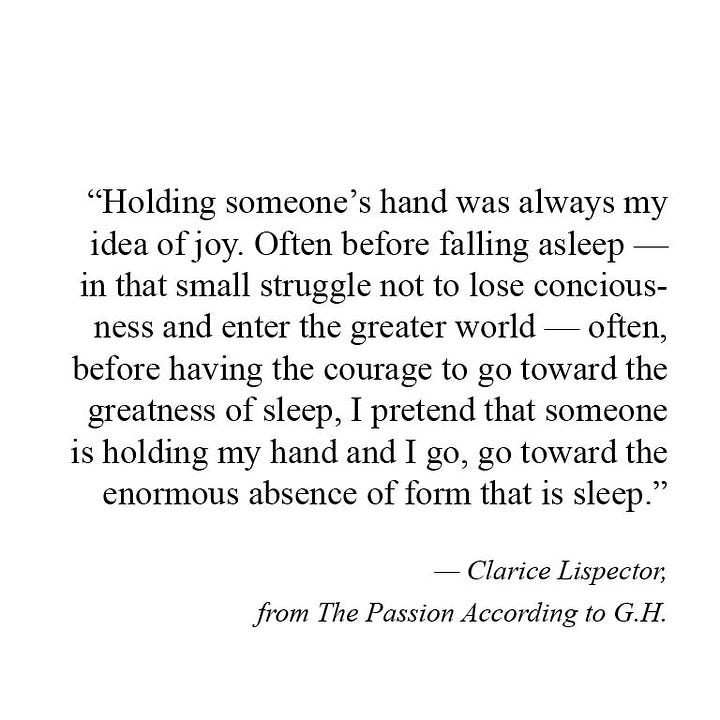

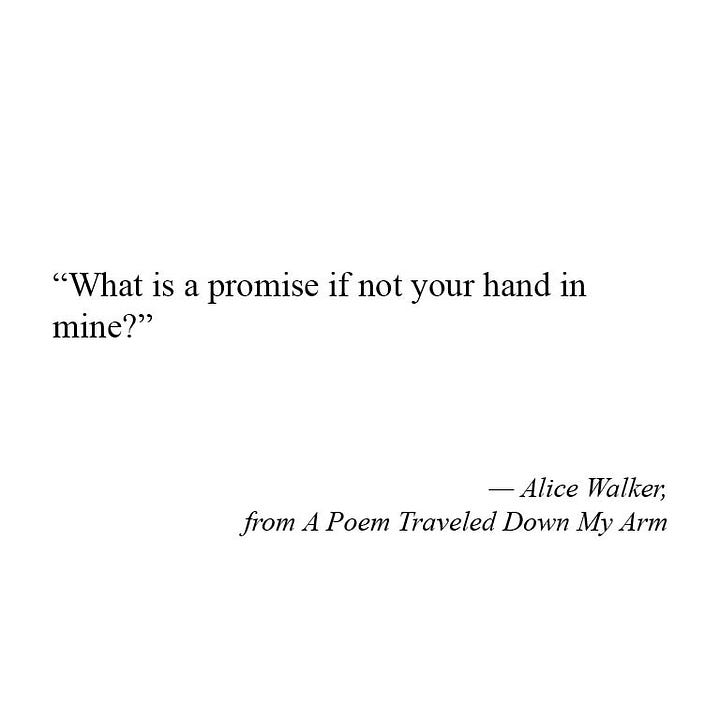
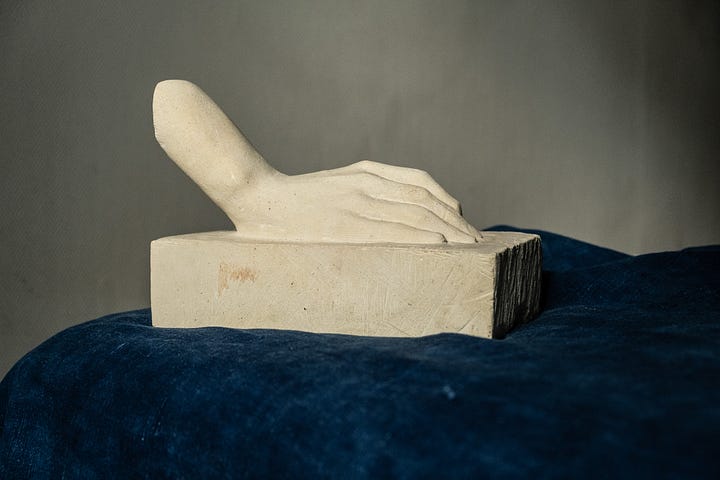
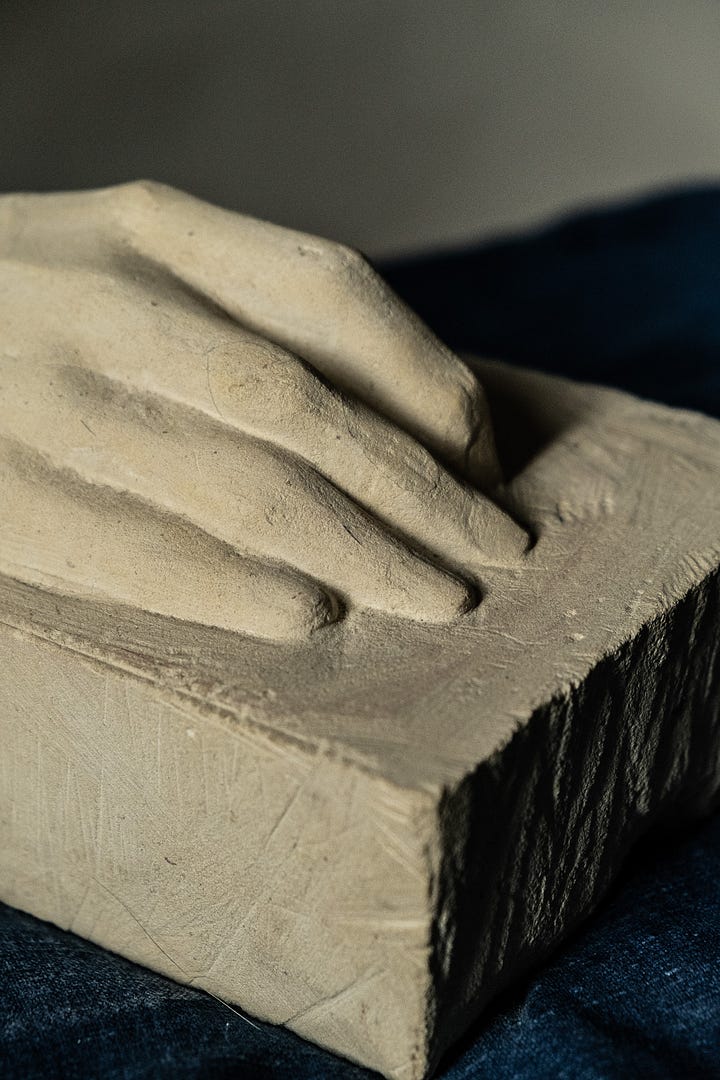


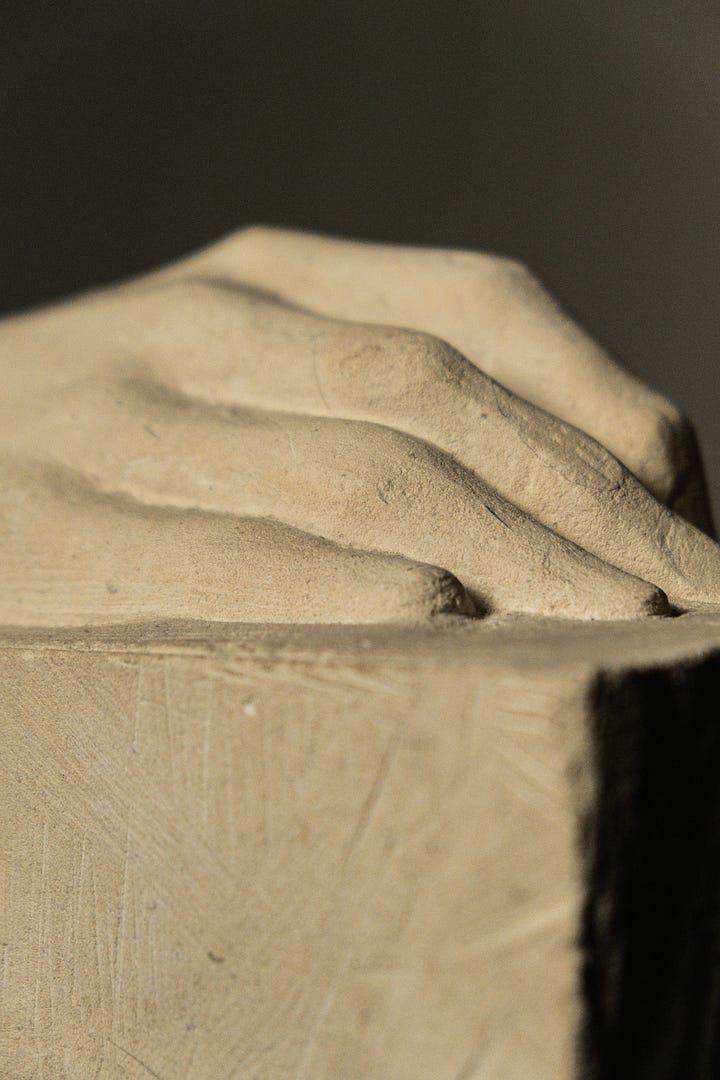

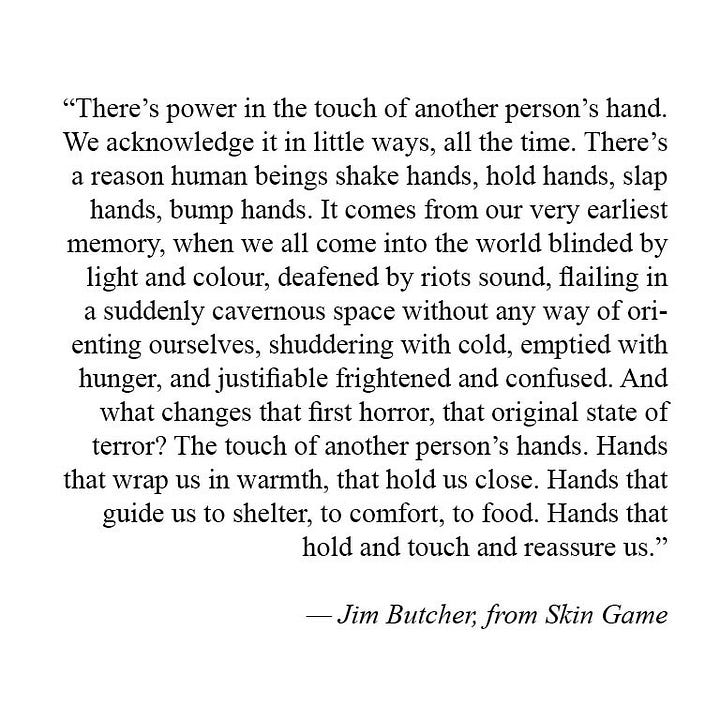




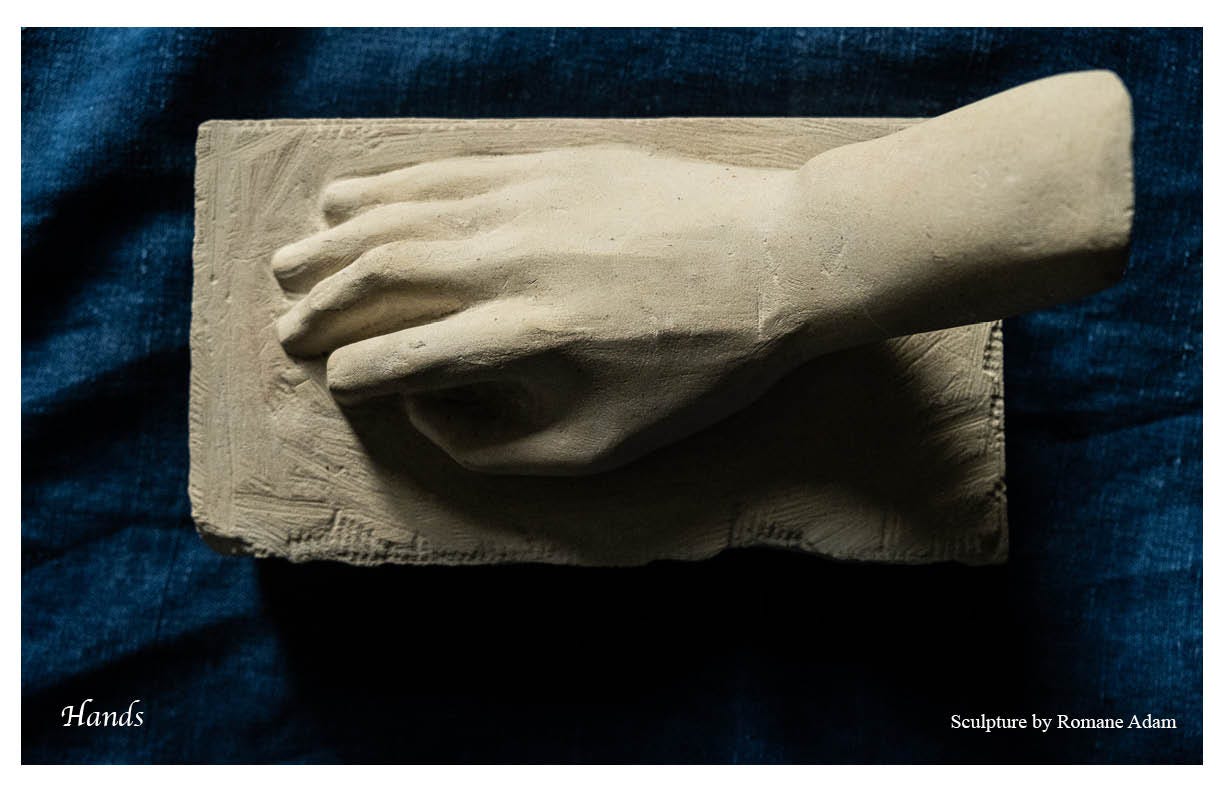
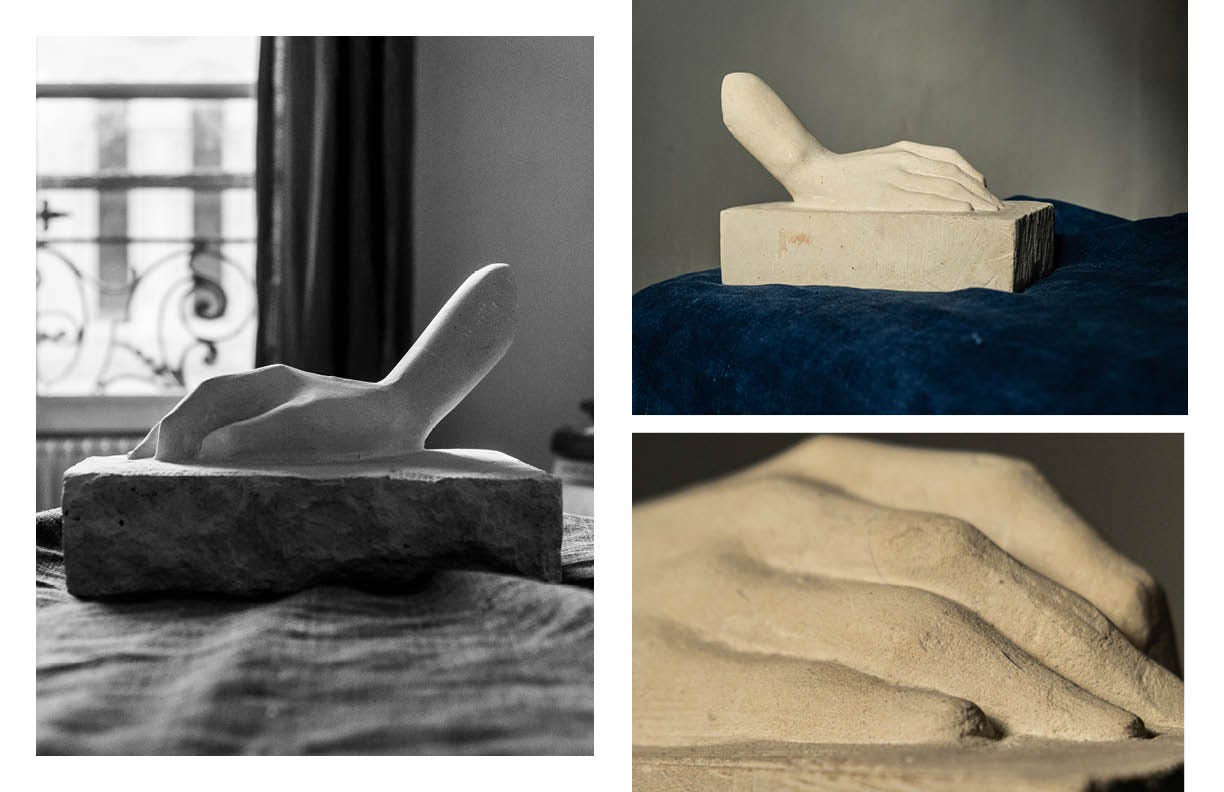

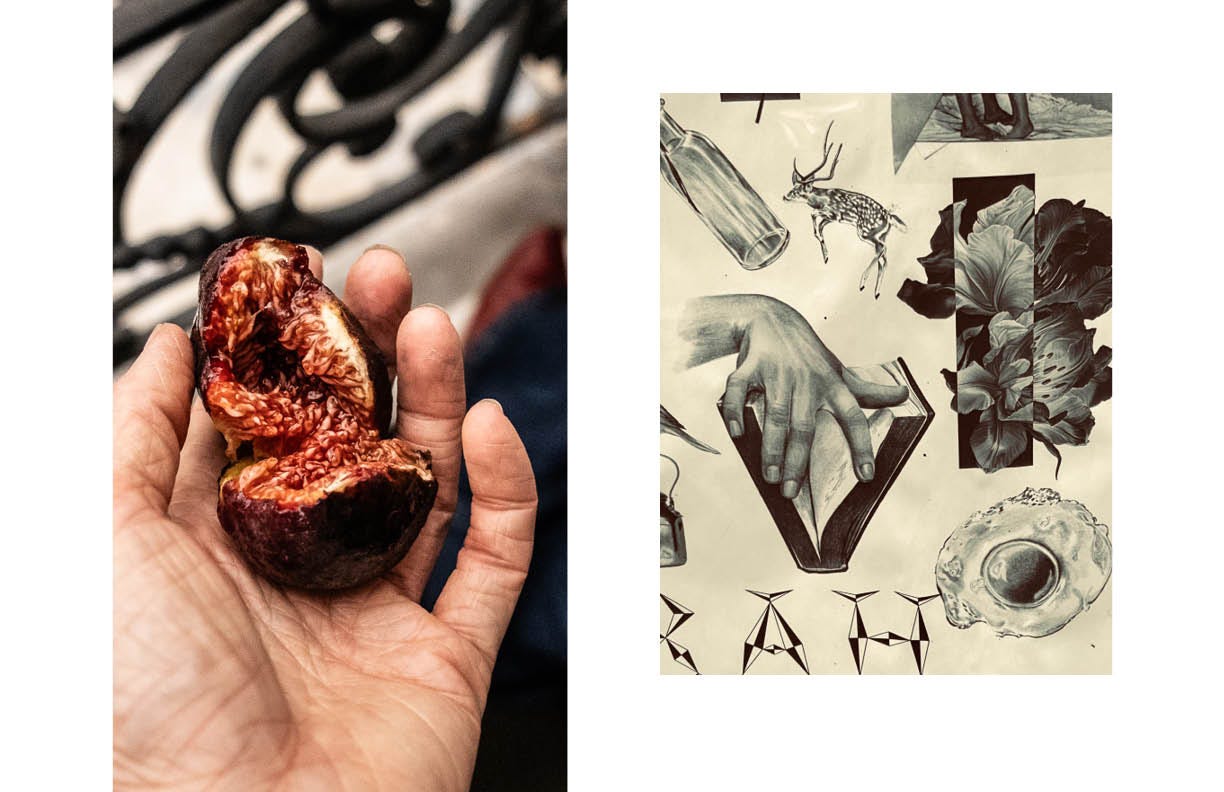

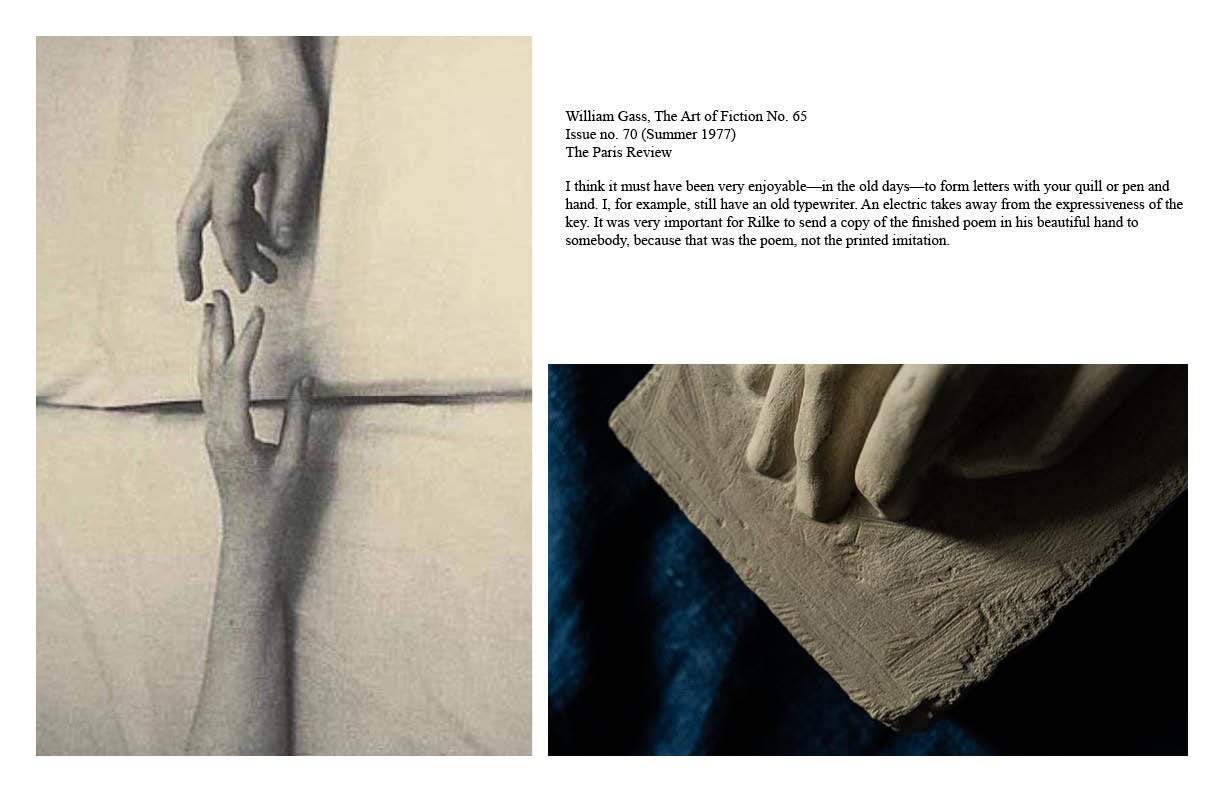
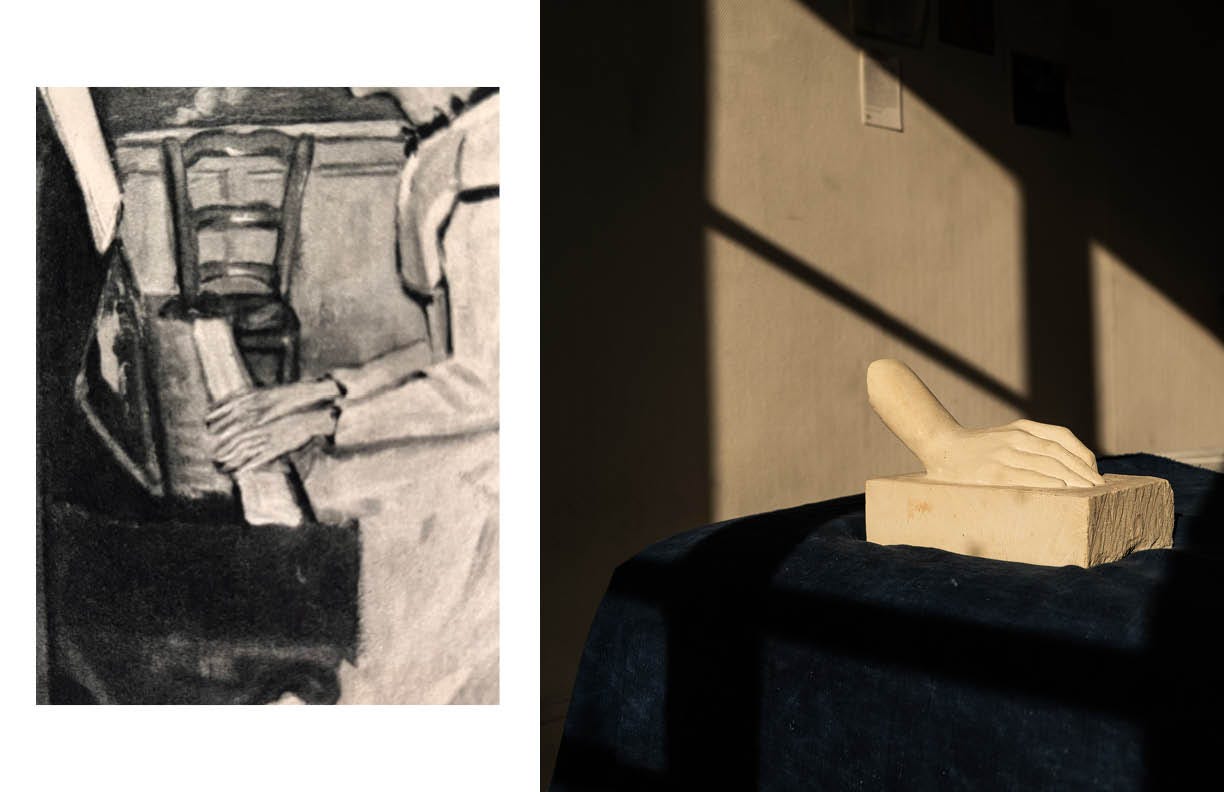
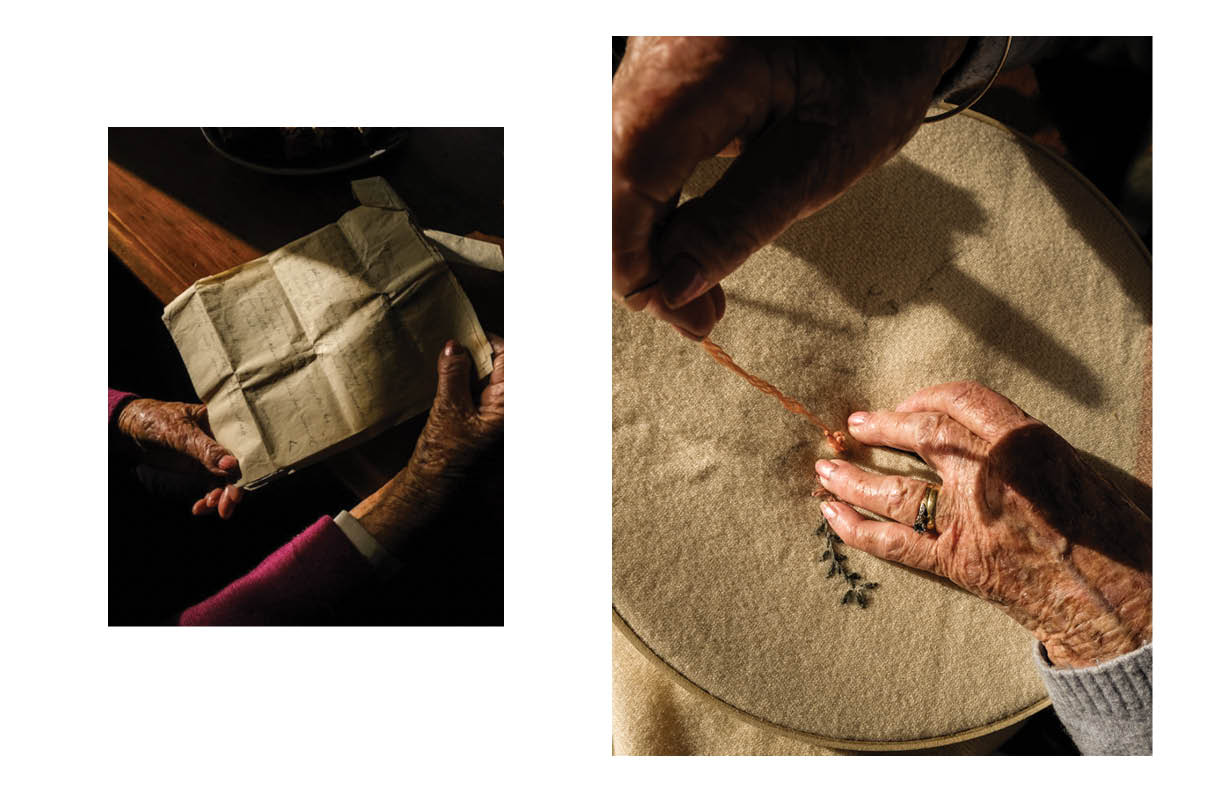
It’s incredible storytelling. Fantastic’
Thank you for sharing your beautiful thoughts